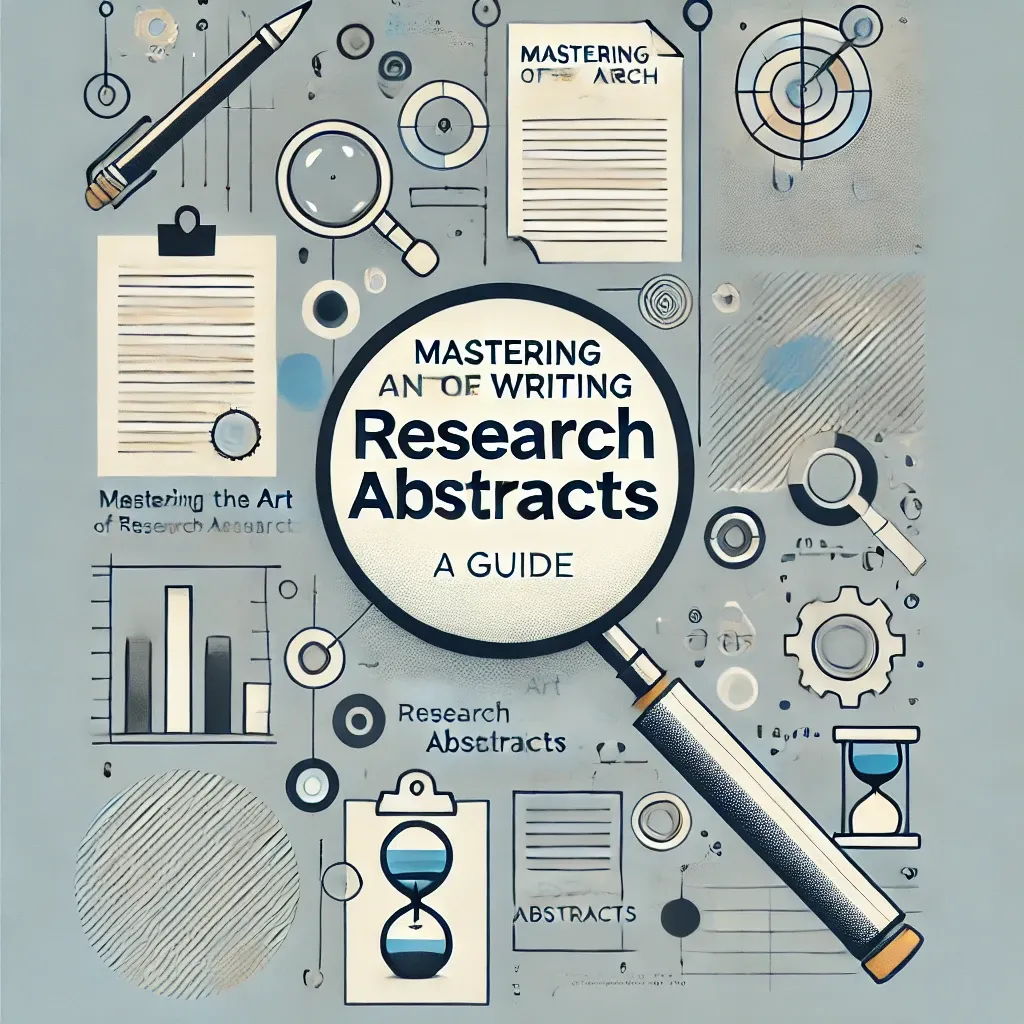Mastering the Art of Writing Research Abstracts
A well-crafted abstract provides a clear and concise summary of the research, allowing readers to quickly understand the key points and purpose of the study.

Writing a strong and standard research abstract is crucial because it is often the first part of your work that readers encounter, including journal editors and reviewers. A well-crafted abstract provides a clear and concise summary of the research, allowing readers to quickly understand the key points and purpose of the study.
1. Background (Motivation)
Start by providing the context of your research. This is where you briefly discuss the problem or knowledge gap your research addresses. Be clear and concise.
2. Objective (Research Purpose)
Now, define the research objective. Make it specific and directly aligned with the problem stated in the background.
3. Methods
In this section, describe how the research was carried out. Provide a summary of the techniques, methodologies, or experiments you conducted. Be specific about the sample size, data sources, and algorithms or models used, but keep it concise.
4. Results
Present the key findings, focusing on the most significant data points or trends. Avoid going into excessive detail, but ensure the main outcomes are clear.
5. Conclusion (Implications)
End by discussing the implications of the findings. This is where you briefly explain the significance of the research and its potential impact.